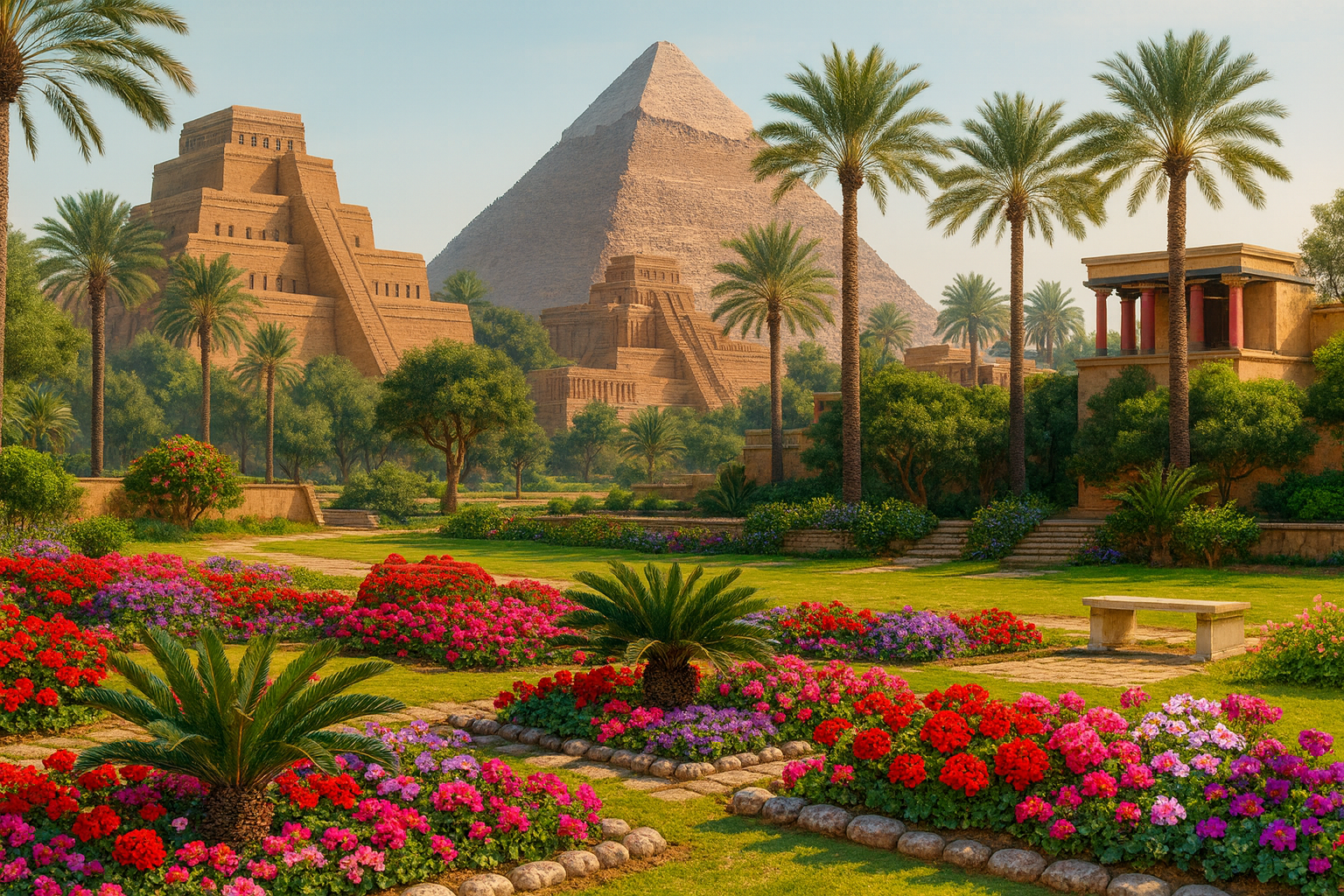A groundbreaking DNA study has revealed a startling chapter in the story of human evolution: approximately 800,000 years ago, our ancestors teetered on the brink of extinction. According to genetic evidence, early human populations dwindled to as few as 1,280 individuals, marking a dramatic population bottleneck that lasted for nearly 117,000 years.
This astonishing discovery sheds new light on the fragility of our species' origins—and the resilience that allowed us to survive and thrive against all odds.
A Close Brush with Extinction
Using advanced computational models to analyze genetic data from modern populations, researchers identified a sharp decline in ancestral human numbers during the mid-Pleistocene epoch. The reason? Scientists suspect drastic climate change played a major role.
During this period, Earth experienced a significant cooling trend, causing glaciations and altering global ecosystems. These environmental upheavals may have reduced food sources, fragmented habitats, and created harsh survival conditions for early humans, leading to a catastrophic drop in population size.
Just 1,280 Survivors
The study estimates that humanity’s ancestral population hovered at around 1,280 breeding individuals for over 100,000 years. In evolutionary terms, this is considered an extremely small gene pool—so small, in fact, that it threatened our long-term survival.
Yet from this tiny remnant, the human species eventually recovered. These few thousand individuals were the genetic founders of all modern humans. Our collective ancestry—every culture, every civilization, every person alive today—traces back to them.
Echoes in Our DNA
This bottleneck left a genetic signature that researchers can still detect today. It also helps explain some puzzling gaps in the fossil record, as the population collapse may have contributed to the disappearance of ancient hominin species and cultural transitions during that era.
More importantly, it emphasizes the critical role that climate and environment have played in shaping human evolution. It serves as a stark reminder of how vulnerable even the most adaptable species can be in the face of global ecological shifts.
A Legacy of Survival
The survival of our species through this evolutionary bottleneck is a testament to human adaptability, cooperation, and endurance. Against formidable odds, our ancestors navigated a period of intense adversity—and laid the genetic foundation for every human being alive today.
As modern climate change increasingly affects ecosystems and species around the world, this ancient story of near-extinction resonates more than ever. Understanding our past may be the key to securing our future.







